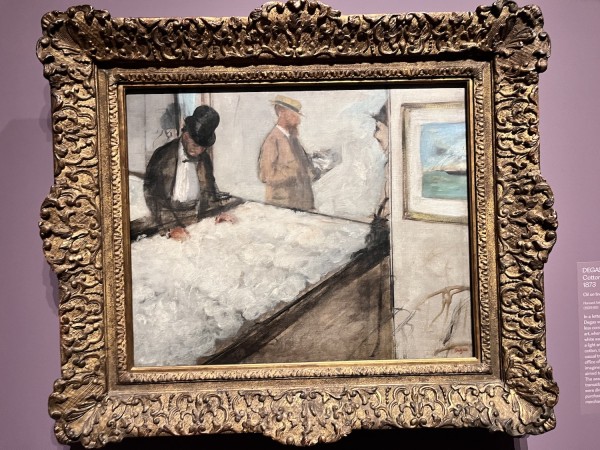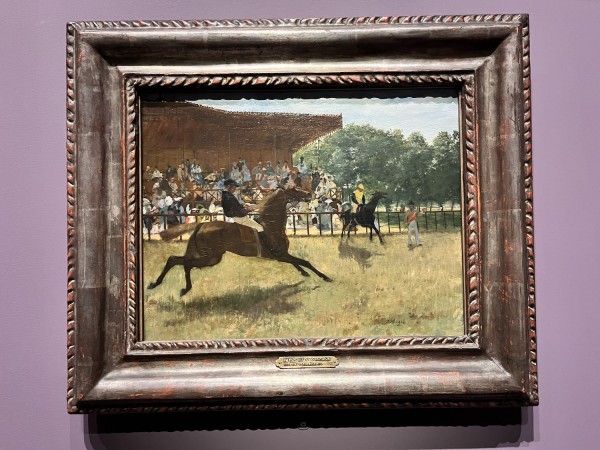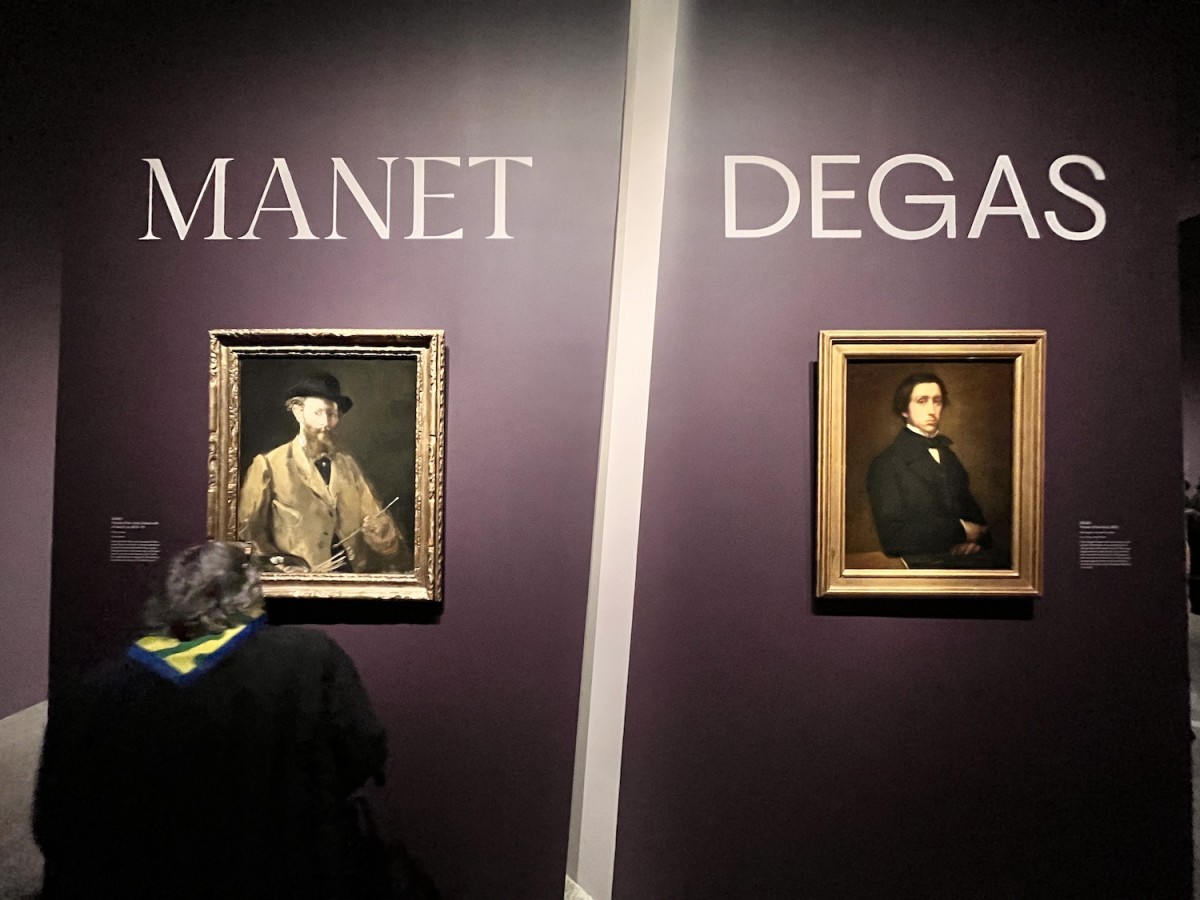There is no shortage of feuds between prominent figures of the art world — Vincent Van Gogh and Paul Gauguin or Pablo Picasso and Henri Matisse. A new exhibit at the Metropolitan Museum of Art encapsulates one such rivalry. “Manet/Degas” explores the friendship — and rivalry — between renowned 19th-century Impressionists Édouard Manet and Edgar Degas.
The two Frenchmen reportedly met in the Louvre Museum in the 1860s, before going on to exhibit their artwork at the Paris Salon. As sons from wealthy Parisian families, they grew close as their artistic pursuits diverged from their families’ expectations. Although the two established this strong friendship early in their careers, Manet and Degas rarely worked together and sparsely communicated.
“Manet/Degas” does not limit itself to the superficial details of the rivalry. Instead, the show’s self-stated purpose is to take “a fresh look at the interactions of these two artists,” especially by weaving both artists’ work into the broader context of 19th-century art. The exhibit paints a clear portrait of their growth as individual artists, from their first foray into the Salon to the tumultuous end of their relationship.
Amid its expansive catalog of over 160 pieces, the exhibit includes some of the artists’ most well-known pieces like Manet’s “Olympia,” — arguably his greatest claim to fame for its portrayal of women within French art at the time — and “Memory of Velázquez” by Degas.
The exhibition also delves into their stylistic differences. The two took contrasting approaches to portraying horse racing. Degas chose to capture the “subtle and suspenseful choreography” of a horse mid-leap in pieces like “The False Start,” whereas Manet’s approach focuses on the hectic movement of the horses in “The Races.” These juxtapositions are prevalent throughout “Manet/Degas,” whether it be their use of color, motion or the greater emotional effects they wanted to convey.

The exhibition also explores Manet and Degas’ life experiences, specifically within the wartimes of the American Civil War and Franco-Prussian War. Degas captured everyday scenes of New Orleans in his delicate style in pieces like “Cotton Merchants in New Orleans,” whereas Manet painted a striking pair of Union ships in rough waters, like the ‘‘The Kearsarge at Boulogne,” highlighting his interest in the Navy.

“Manet/Degas” celebrates both artists with its holistic showcase of their styles, while never losing sight of the overarching context behind their pieces. The exhibition ends on Jan. 7, 2024.
Contact Kaleo Zhu at [email protected].























































































































































